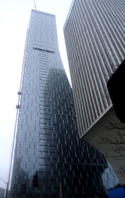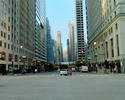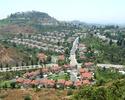“No Bourgeois, No Democracy”
– Barrington Moore
Protecting and fighting for the middle class regularly dominates rhetoric on the Right and Left. Yet activists on both sides now often seek to undermine single-family home ownership, the linchpin of middle-class aspiration. read more »





















